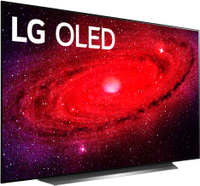LG CX OLED vs. TCL 6-Series Roku TV (R635) faceoff
For most shoppers, it’s a question of cost versus performance
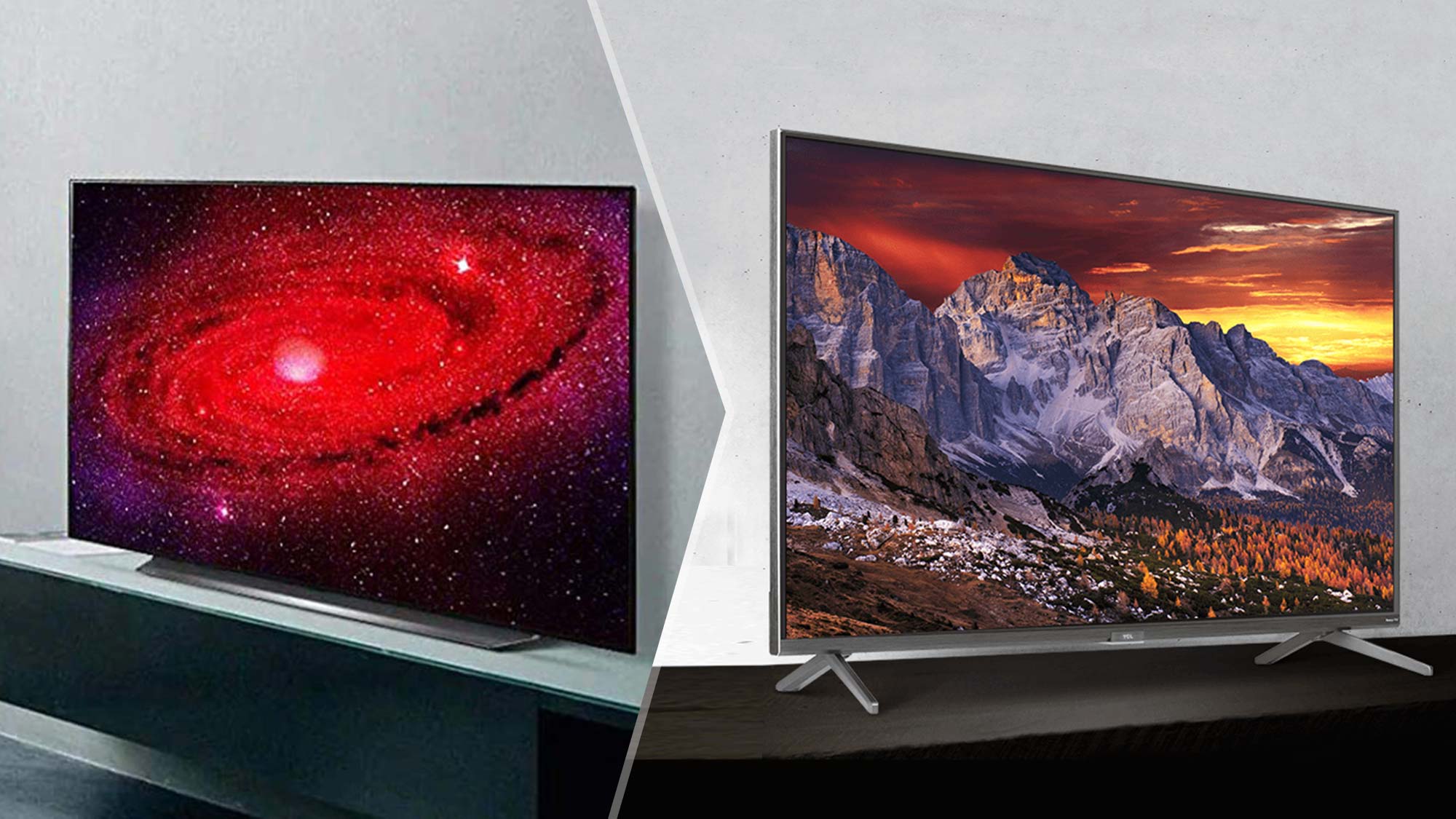
For several years now, OLED TVs have dominated the big screen market with a picture sharpness and color intensity unmatched by any other display technology. Quantum dot-based LCD sets have come close, with impressive 4K video, but OLEDs have continued to reign supreme.
That may be about to end. TCL is the first TV maker to introduce a competing LCD-based display using mini-LED technology. It’s designed to compete with LG’s OLED displays—at a much lower price point. So does it succeed? We decided to do a screen-to-screen comparison of the LG CX OLED and the TCL 6-Series Roku TV (R635) to find out.
Black Friday and Cyber Monday 2020 deals
Interested in a new TV? Well then you’re in luck, because we’ve put together the best Black Friday TV deals and Cyber Monday deals in a conveinent deals hub. We’ve got offers on both the LG CX OLED and TCL Roku TVs, so be sure to check it out. Keep an eye on our
LG CX OLED vs. TCL 6-Series Roku TV (R635): Specs
| Row 0 - Cell 0 | LG CX OLED | TCL 6-Series Roku TV R635 |
| Price range | $1,499–3,999 | $699–1,399 |
| Screen sizes | 48, 55, 65, 77 inches | 55, 65, 75 inches |
| Resolution | 4K UHD (3,840 x 2,160) | 4K UHD (3,840 x 2,160) |
| HDR | Dolby Vision IQ, HDR10, and HLG | Dolby Vision, HDR10, HLG |
| Refresh rate | 120Hz | 120Hz |
| Ports | 4x HDMI 2.1 | 4x HDMI |
| Audio | 2.2 channel sound | 2.0 channel sound |
| Smart TV software | webOS | Roku TV |
| Voice interaction | Mic in remote | Mic in remote |
| Smart assistant | LG ThinQ AI (built-in Amazon Alexa and Google Assistant) | None built-in (works with Amazon Alexa and Google Assistant) |
LG CX OLED vs. TCL 6-Series Roku TV (R635): Price and size options
The LG CX OLED comes in a handful of screen sizes, ranging from 48 inches up to 77 inches, but for most shoppers, the 55- and 65-inch options will be the most attractive. The TCL 6-Series, on the other hand, comes in three sizes, 55-, 65- and 75-inch models.
| Row 0 - Cell 0 | LG CX OLED | TCL 6-Series Roku TV R635 |
| 48 inch | $1,499.99 | Row 1 - Cell 2 |
| 50 inch | Row 2 - Cell 1 | Row 2 - Cell 2 |
| 55 inch | $1,699.99 | $649.99 |
| 58 inch | Row 4 - Cell 1 | Row 4 - Cell 2 |
| 65 inch | $2,499.99 | $899.99 |
| 75 inch | Row 6 - Cell 1 | $1,399.99 |
| 77 inch | $3,999.99 | Row 7 - Cell 2 |
When it comes to comparing the two model lines, the LG CX OLED's 48-inch model is a great option for smaller rooms that won't accommodate a 55-inch or larger, and it's also being pitched as a great gaming TV.
But the biggest difference is in price, with the TCL 6-Series selling for much less than the LG's premium OLED models. In fact, LG's pricing starts where TCL leaves off – the most affordable is the 48-inch model, but it's $100 more than the most expensive 75-inch TCL 6-Series model.
If you're looking for the most affordable option, the TCL is the easy choice, and our top recommendation for value shoppers. But the LG CX OLED offers a level of premium performance and features that the TCL can't match – if that's something you're willing to pay more for.
LG CX OLED vs. TCL 6-Series Roku TV (R635): What’s the difference?
Most LCD TVs use LEDs as a backlight to illuminate the screen. Some sets have LEDs along the edge, others use so-called full-array LED backlights where the diodes are placed in strategic places behind the LCD layer in “zones.” Mini-LED designs improve on this system by using smaller (less than 0.2 millimeters) and more numerous LEDs for the backlight, making it possible to create more zones and improve the contrast and highlights in images.
Sign up to get the BEST of Tom's Guide direct to your inbox.
Get instant access to breaking news, the hottest reviews, great deals and helpful tips.
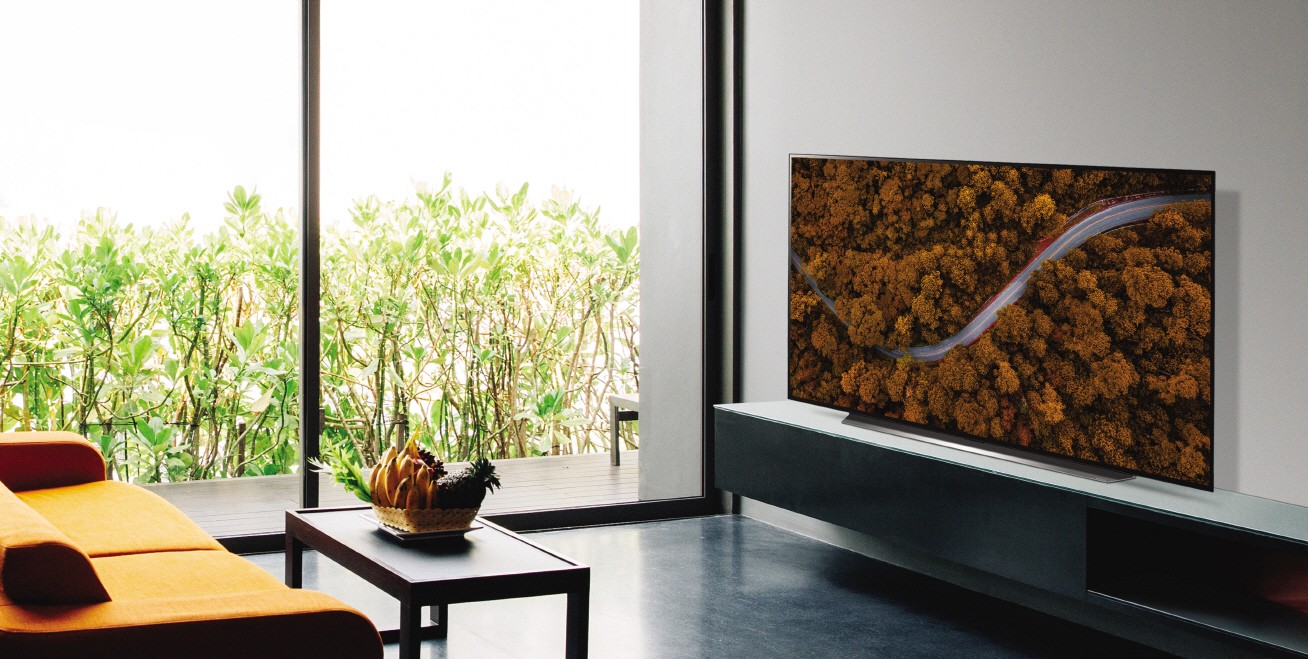
(Mini-LED sets should not be confused with micro-LED technology, which assigns even smaller LEDs to each individual pixel. Such sets have millions of LEDs and thousands of dollars.)
LG’s OLED or organic light-emitting diode TVs have a crispness and sharpness because there is no separate backlight. The organic pixels emit their own light when activated. So each pixel can be completely turned on or off separately, making for blacker blacks and deeper hues.
LG CX OLED vs. TCL 6-Series Roku TV (R635): Display
To boost its color reproduction abilities, TCL’s 6-Series set uses a quantum dot layer to deliver more colors than a standard LCD. It does an excellent job turning in richer, deeper greens and reds, for example, and in our tests it was able to reproduce 99.92 percent of the standard Rec 709 color space. That’s in line with other quantum dot sets, which tend to come in above 99 percent. In color accuracy testing using our X-Rite colorimeter and CalMan software, the 55-inch TCL 6-Series turned in a Delta-E rating of 2.8 (closer to 0 is better).
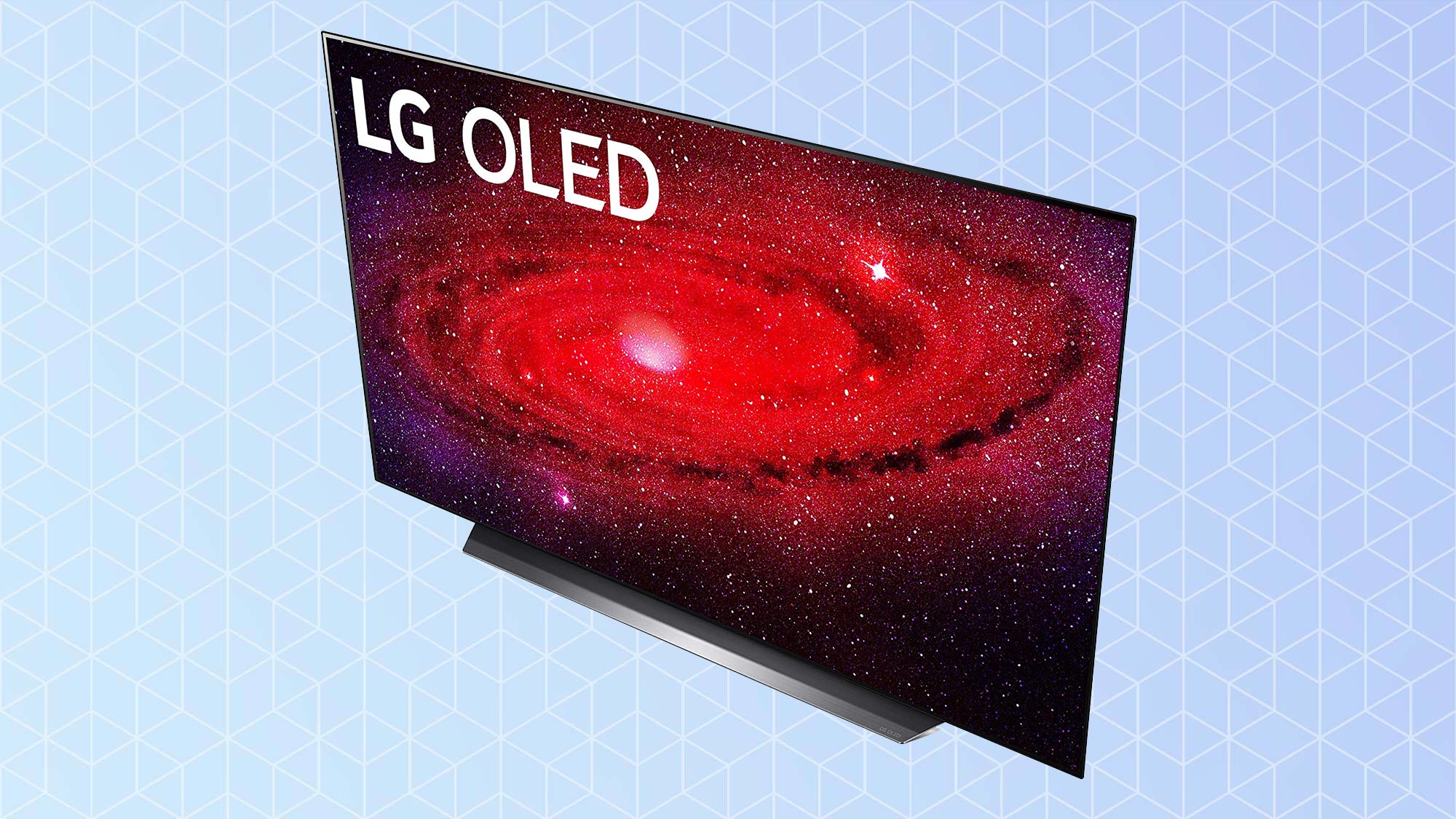
However, OLED is still the king of color. The 65-inch LG CX delivered one of the widest color gamuts we've ever tested. It was able to produce 134.57 percent of the Rec 709 color space, delivering a head-turning picture intensity. Moreover, it also yielded excellent color accuracy with a Delta-E score of 1.95.
Picture quality is not just about color, however. There are also practical issues regarding brightness and viewing angles. In a sunny room, the TCL 6-Series set is going to win out. LCDs in general do better at pumping up the light output than OLEDs overall.
But all that may depend on where you’re sitting on the couch. LG’s OLED holds its color and clarity in nearly all viewing angles, even when you’re the last one on the chaise. And while the mini-LEDs help TCL’s 6-Series models, its display cannot compare in this regard to OLEDs.
Winner: LG CX OLED
LG CX OLED vs. TCL 6-Series Roku TV (R635): Gaming
If you’re looking for a big screen for big games, both sets offer enticing features. The TCL 6-Series is the first model to boast a THX Certified Game Mode. It not only improves response times but also meets requirements for color quality and coping with dark-to-light transitions. It also supports Auto-Low Latency Mode (ALLM), which switches to game mode automatically, and Variable Refresh Rate (VRR), which eliminates picture judder.
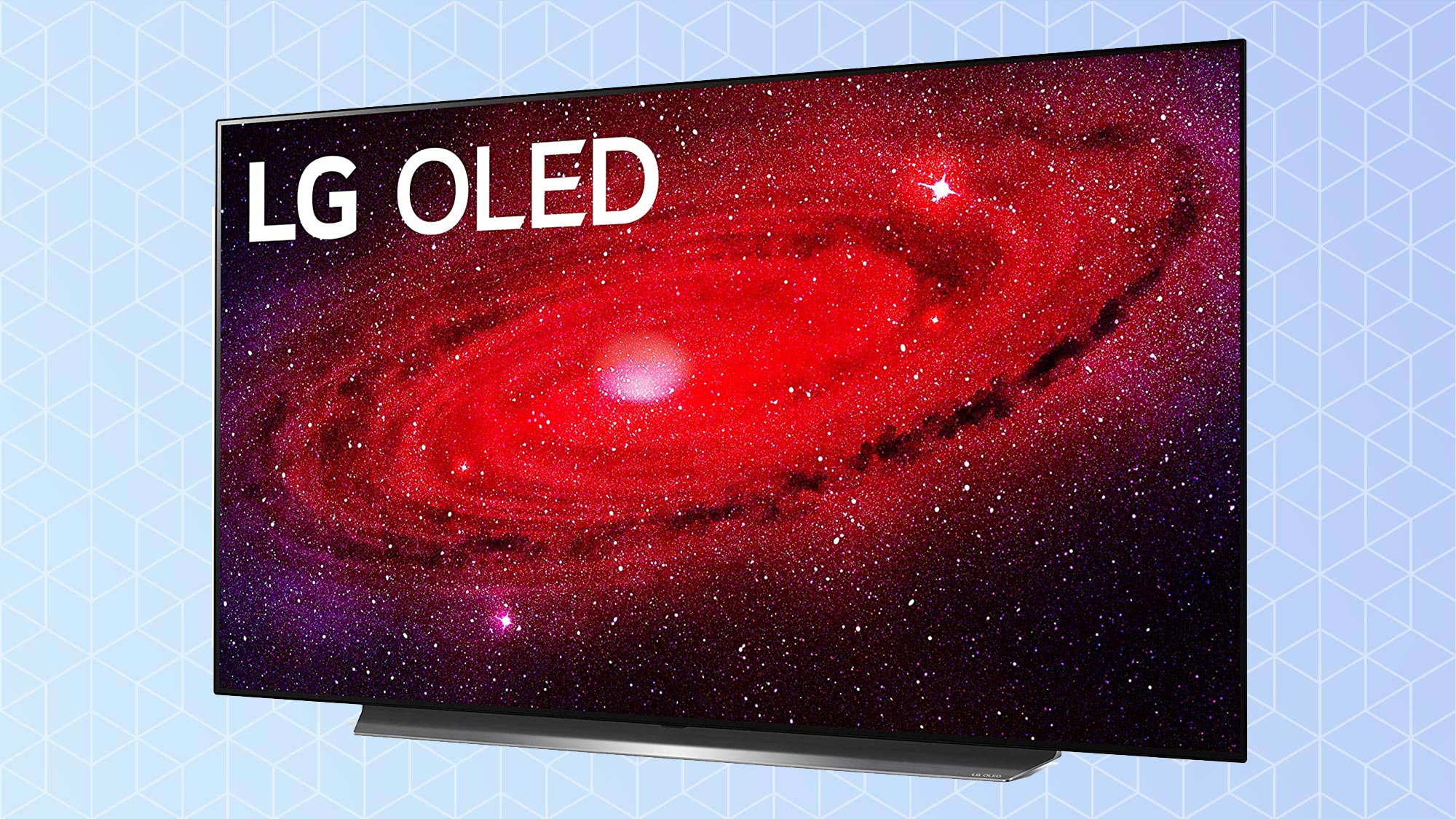
These are great features but in our response time tests, the TCL 6-Series was acceptable but not impressive. Its overall lag time turned in a 21.5 millisecond result. By comparison, the LG CX OLED was noticeably quicker with a lag time of just 13.1 milliseconds, making it the winner here.
Winner: LG CX OLED
LG CX OLED vs. TCL 6-Series Roku TV (R635): webOS vs. Roku TV
Most smart TVs from major manufacturers boast more than capable software for handling streaming services and apps. These two are no different. LG uses its own webOS software with easy-to-follow graphics, all the major streaming services from Hulu to Showtime, and a remote control that uses a handy floating on-screen cursor. It doesn’t offer the hundreds of streaming apps that Android TV and Roku-based sets do, but we only noticed one glaring omission: the Criterion Channel.
LG’s CX also has built-in support for Google Assistant and Amazon’s Alexa, a genuine plus that makes this set just that much easier to use. Furthermore, the remote’s microphone can be used to calibrate the audio based on your seating position, a nice touch for improving the impact of soundtracks.
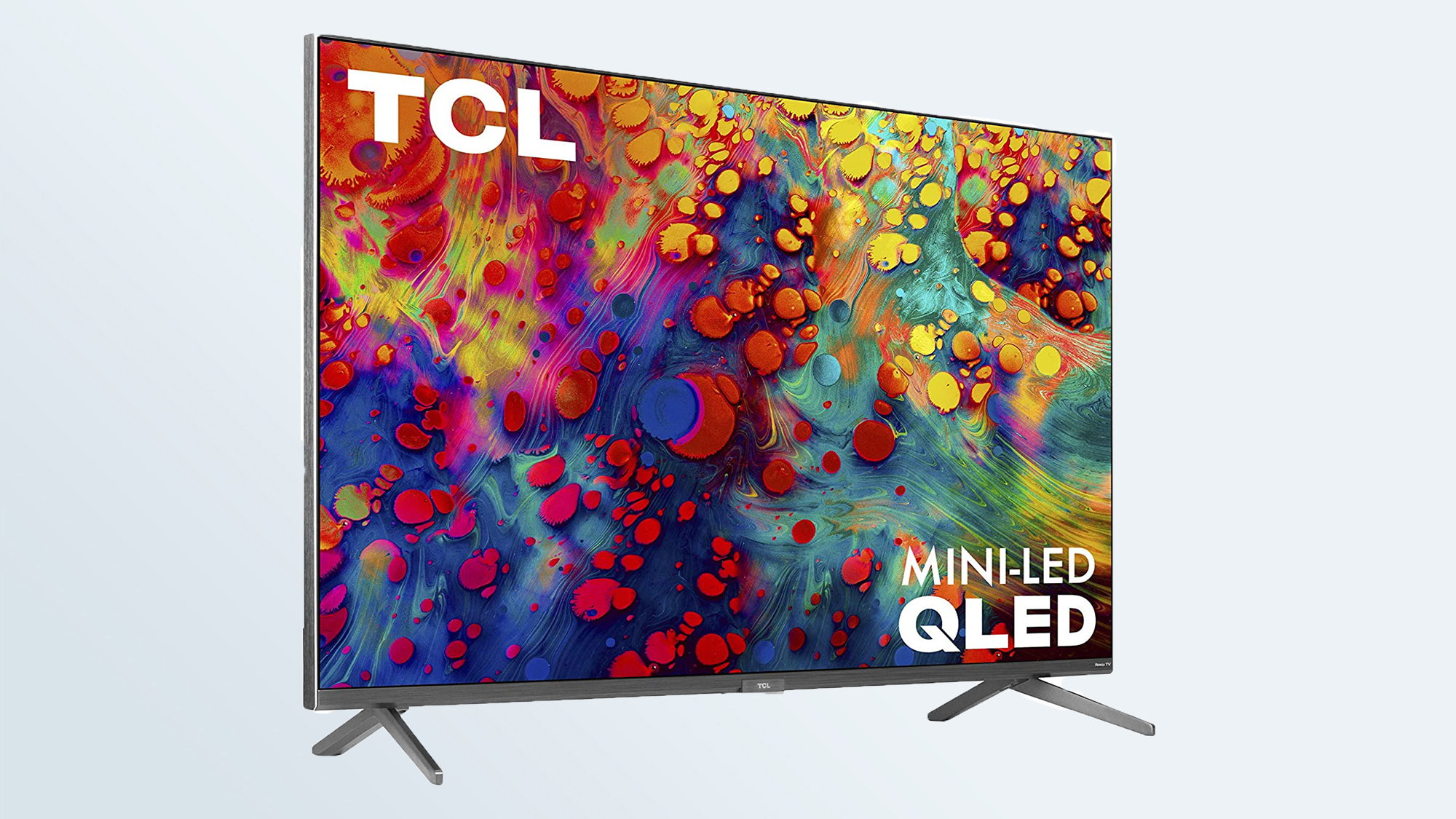
By comparison, TCL’s 6-Series uses what has to be the simplest yet most widely supported smart TV software, Roku TV. It boasts thousands of apps and one of the most straightforward video-oriented interfaces available. Roku also obeys voice commands, but it doesn’t have the abilities of Alexa or Google Assistant. Instead, it focuses on finding the programs you want, quickly.
Winner: Tie
LG CX OLED vs. TCL 6-Series Roku TV (R635): Which one wins?
If you want the best 4K picture, regardless of cost, then LG’s CX OLED remains the clear winner. But mini-LED technology illustrates that LCDs continue to improve. So the TCL 6-Series represents a distinct value that is difficult to ignore. The 55-inch TCL 6-Series is just $649.99 compared to the LG CX, which is nearly double the price, $1,399.99. For most budget-minded shoppers, that’s a deal that’s hard to resist.
Which TV should you buy? See how our favorite TVs stack up in our collection of TV face offs:
John R. Quain has been reviewing and testing video and audio equipment for more than 20 years. For Tom's Guide, he has reviewed televisions, HDTV antennas, electric bikes, electric cars, as well as other outdoor equipment. He is currently a contributor to The New York Times and the CBS News television program.
